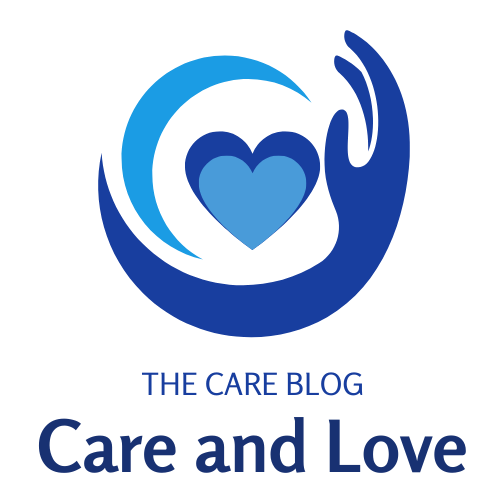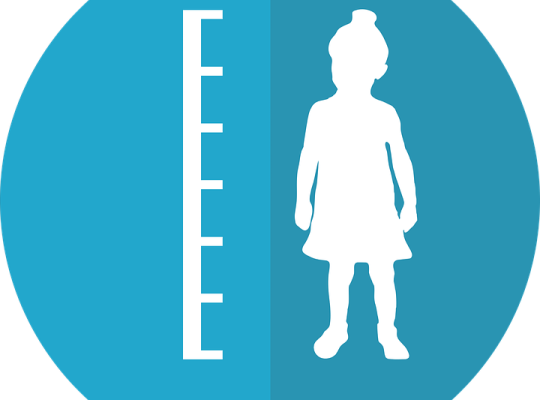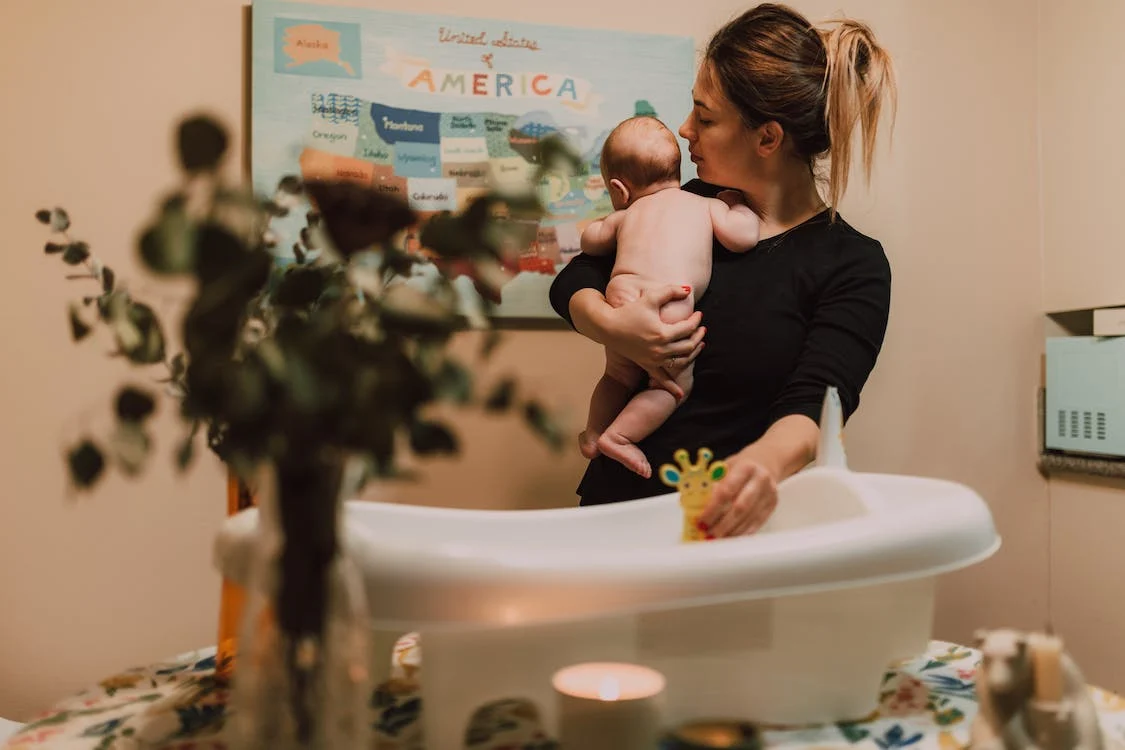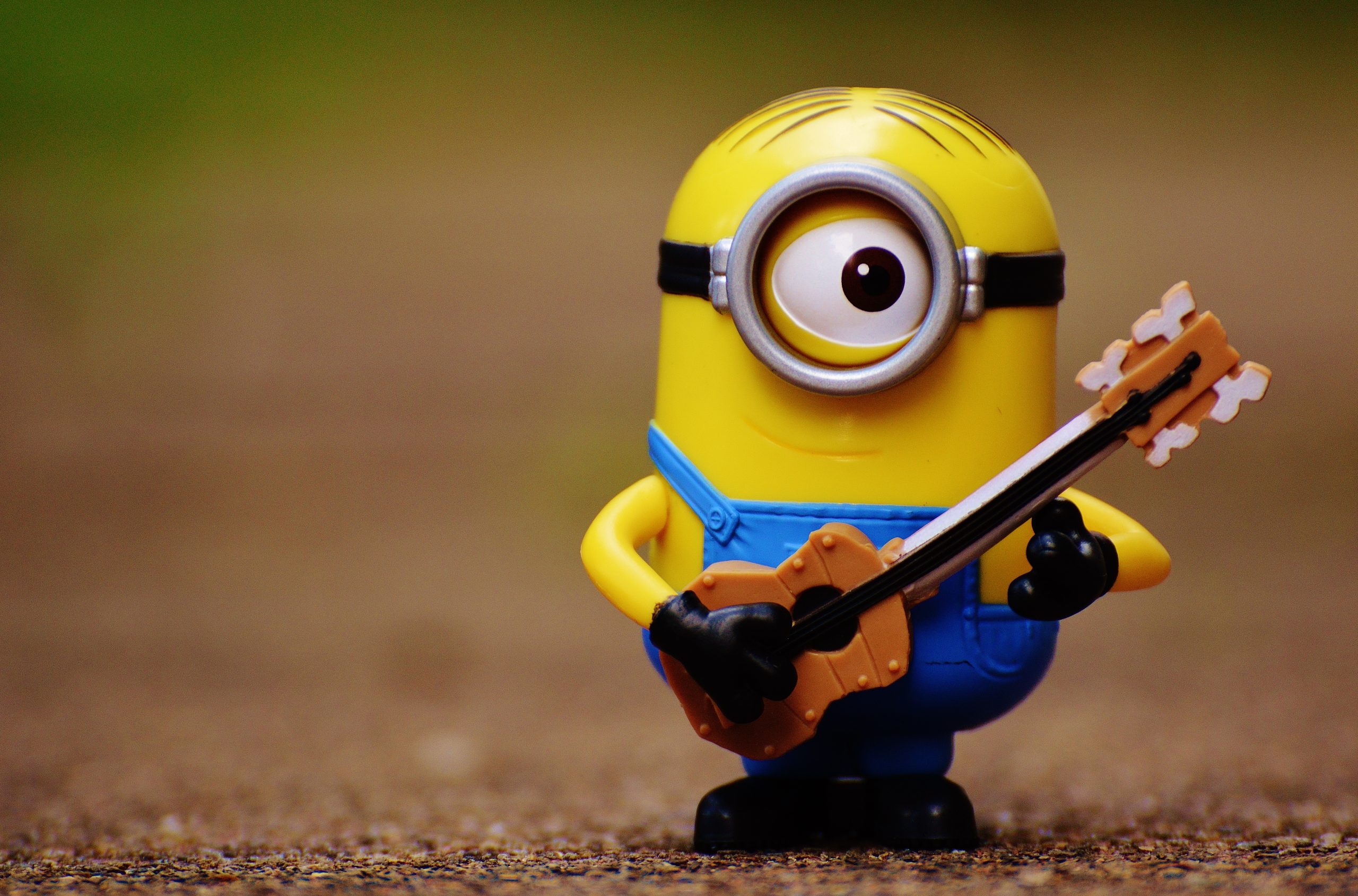How to Clean Your Baby’s Nose
Babies are particularly susceptible to colds, and mucus often blocks their nostrils. A nostril wash is necessary if it becomes less easy for them to breathe correctly. Physiological serum, cotton wick, sprays, baby wipes… here are the suitable methods to clean a baby’s nose.
1. Understand why to clean a baby’s nose
Cleaning a baby’s nose is no small task. The problem is that babies can’t blow their noses, and mucus-laden waste products accumulate in their nostrils. Any attempt to suck up mucus or get fluid into his nostrils will always result in an angry reaction.
To remove the obstruction that hinders your child’s regular breathing, a nose wash is necessary for 3 main reasons
– a blocked nose is synonymous with difficulty breathing, especially during sleep, which tires your toddler;
– a baby does not know how to breathe by mouth;
– mucus that stagnates during a cold can lead to otitis by blocking the Eustachian tube (small duct connecting the middle ear to the nasopharynx) or even bronchial infections.
Important: an infant’s nose is fragile; your actions must be measured and proportional to his or her small size; in the event of an infection characterized by fever, constant crying, or marked weakness in your child, consult your doctor.
For each of the blowing techniques, try to play with your child, entertain him or her, and talk to him or her gently in a calm atmosphere. It would help if you made the nose cleaning less traumatic.
You can also humidify the air in the room to make it easier to clear the baby’s nostrils. The bathroom is ideal: after the bath, the atmosphere moisturizes the nasal mucous membranes and helps expectorate mucus.
2. Wash your baby’s nose with saline
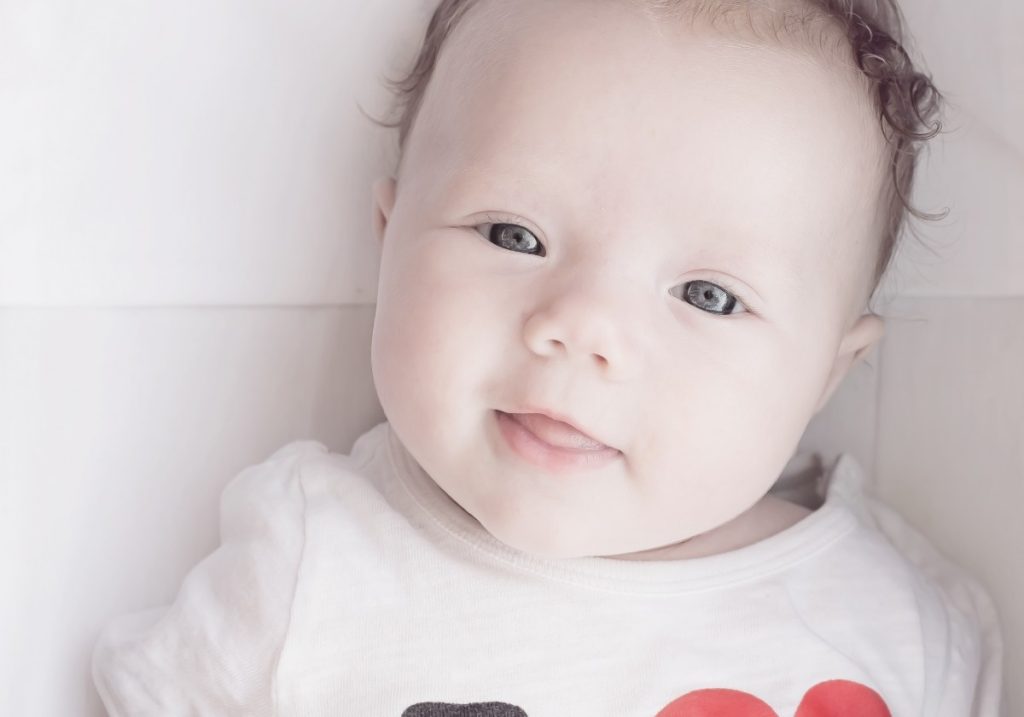
Saline is a 0.9% saltwater solution. This concentration is called “isotonic” and corresponds to the concentration in our tissues.
This liquid, ideal for washing a baby’s nose, is presented in small dosettes to improve conservation. This unit packaging is disposable to avoid the proliferation of germs in the solution. To instill saline :
– Prepare a dosette by opening it and keeping it handy.
– Lay your child on his or her back and gently turn the head to the side.
– Put a few drops of saline in the upper nostril, but don’t put too much in to avoid a violent rejection reaction.
– Allow time for your child to recover and eliminate the saline.
– Tilt his or her head to the other side, then repeat in the other nostril.
– Wipe up any spillage with a clean tissue.
Necessary: be careful not to hurt your little one with the tip of the pod; there is no need to insert the tip deep into the nostril: an infant’s nose is small.
Another method is to soak a cotton wick with saline solution and gently turn it in baby’s nostrils. The cleaning is then effective for most external parts of the nostrils but not for the mucous membranes of the rhino-pharynx.
3. Use a seawater spray to clean a baby’s nose
Seawater spray is another alternative for cleaning a baby’s nose. Its saline concentration is isotonic, so it is identical to saline. Be sure to check that the model used is suitable for infants.
To perform the nose cleaning :
– Lay your infant on his or her back, then turn the head to the side.
– Put the nasal tip of the seawater spray in the upper nostril, then apply short pressure on the spray to activate the jet.
– Wait as long as necessary for baby to recover.
– Tilt his head back to repeat the wash in the other nostril.
– Absorb what spills with a clean tissue.
Good to know: when your little one’s nose is blocked, you can also buy seawater sprays containing a fluidifier (polysorbate) at the pharmacy to evacuate the mucus more easily.
4. Empty your baby’s nose with a baby wiper
The baby wiper, available in pharmacies, consists of sucking up the mucus in the baby’s nostrils. It is particularly effective in the case of colds, which are very common among toddlers.
Good to know: the technique of aspiration using a bulb is ineffective and often criticized.
There are two types of baby flies: suction and electric.
The suction baby fly
The suction baby fly is a simple device that includes the following:
– a reservoir to collect your baby’s nasal mucus;
– a conical nozzle adapted to the baby’s nostrils and fitted directly onto the reservoir;
– a tube connected to the reservoir, the end of which is intended for the mouth of the adult who sucks.
Note: if this technique seems disgusting, the mucus remains in the reservoir, and there is no risk of contamination of the child during aspiration.
To use the suction baby fly properly:
– insert a piece of cotton into the reservoir of the baby fly so that it retains all the aspirated mucus;
– Place the baby on his back and turn his head to the side;
– instill a few drops of saline into the baby’s nostril;
– Place the conical tip gently into your baby’s nostril;
– suck gently through the mouthpiece to draw the mucus into the reservoir;
Caution: Don’t aspirate too hard or too sharply; maintain a gentle suction for a few more seconds. Be careful not to hurt your child with the nosepiece.
– Proceed in the same way with the other nostril;
– throw away the absorbent cotton soaked in mucus;
– wash the baby fly with soap and water, rinse it and let it air dry on a paper towel.
Good to know: most baby flies have disposable tips, so throw away the nasal tip and use a new one next time.
The electric baby fly
The electric baby fly is a pump system powered by electric batteries. The principle is identical to the suction baby fly.
To start the pump, you have to press a button. The system stops automatically. Most models allow washing with soap and water. However, check the instructions to ensure that the baby fly’s body is waterproof.
Materials needed to clean a baby’s nose
Physiological serum
Sea water spray
